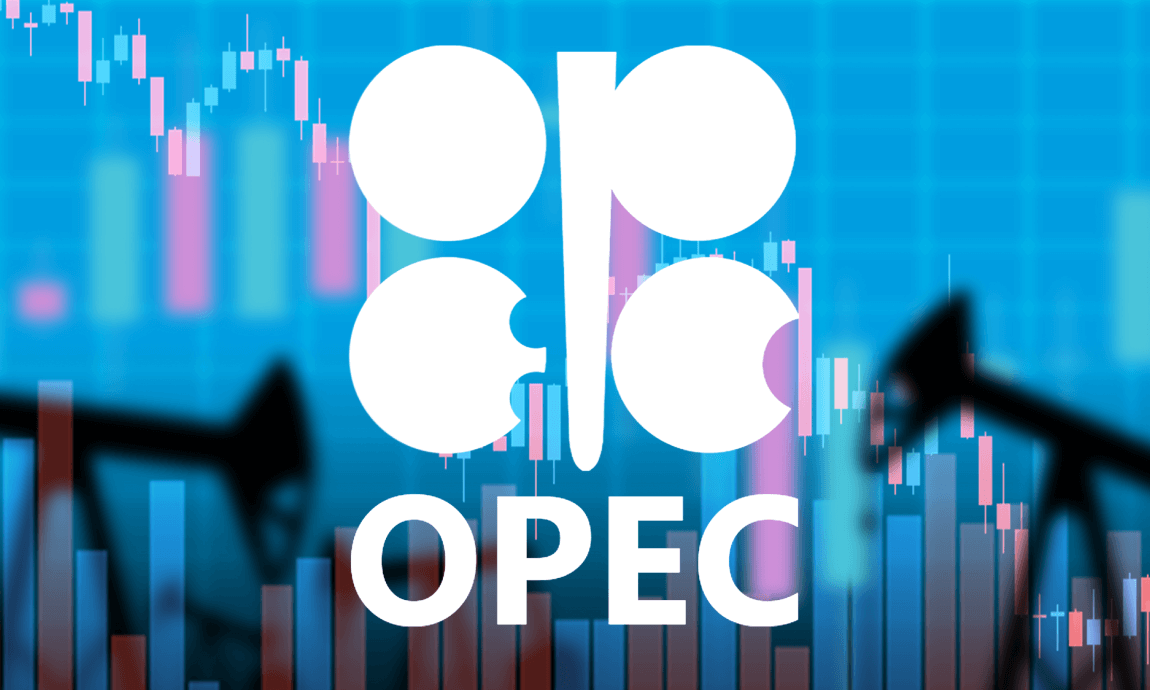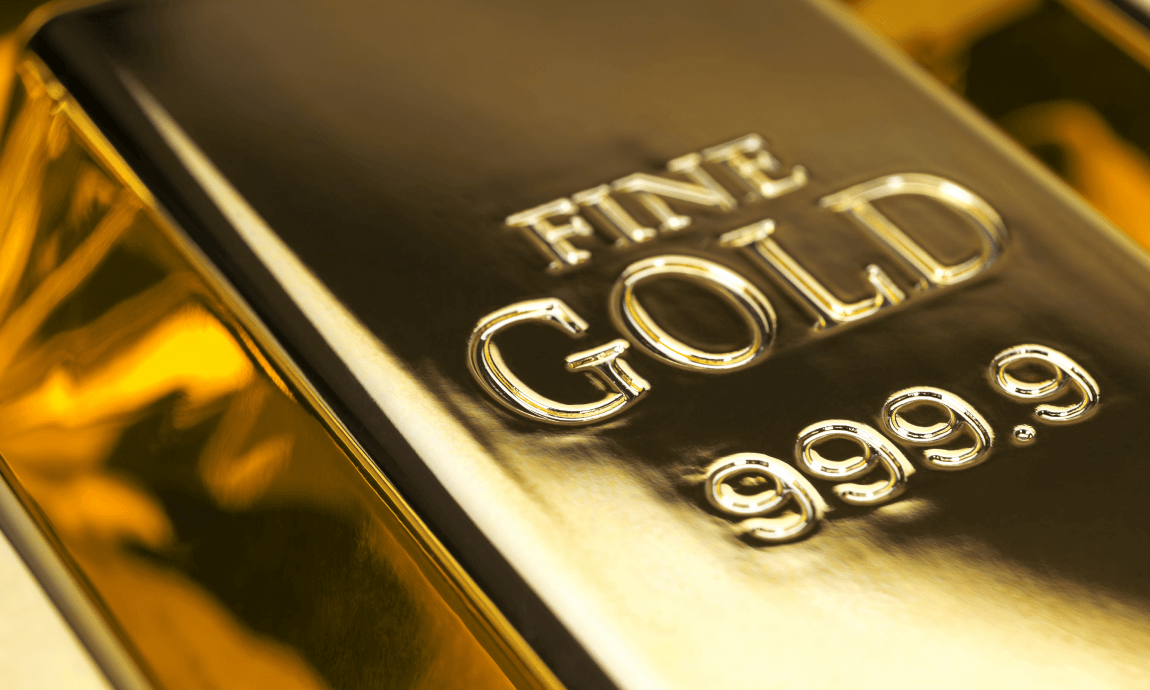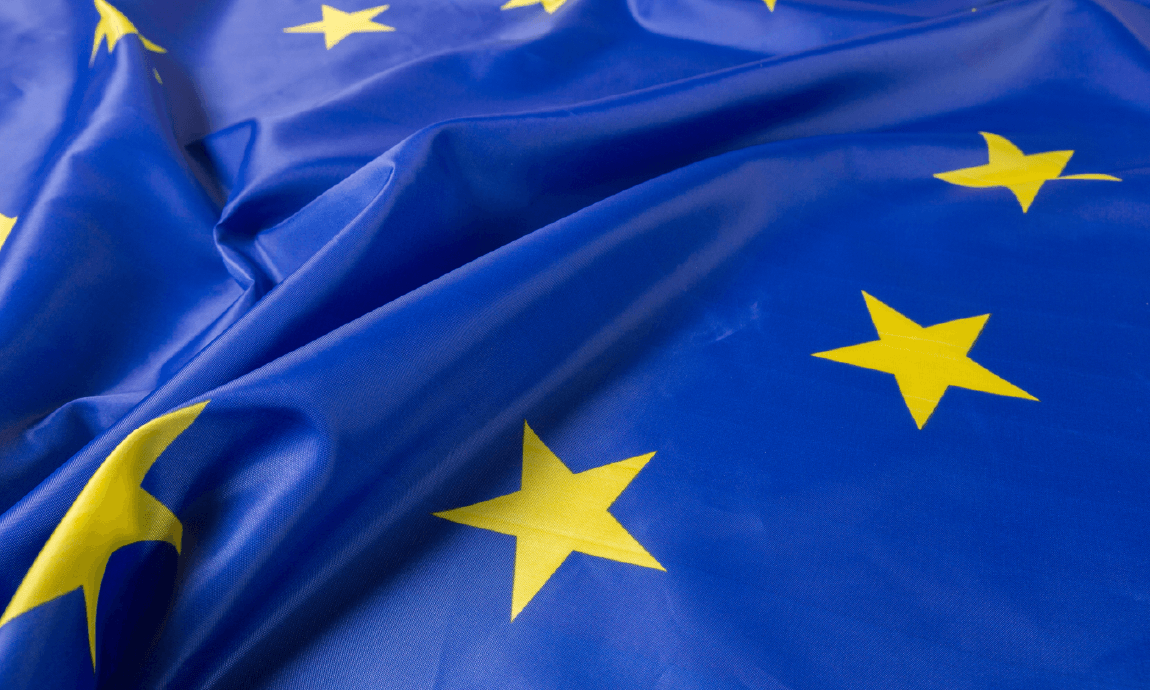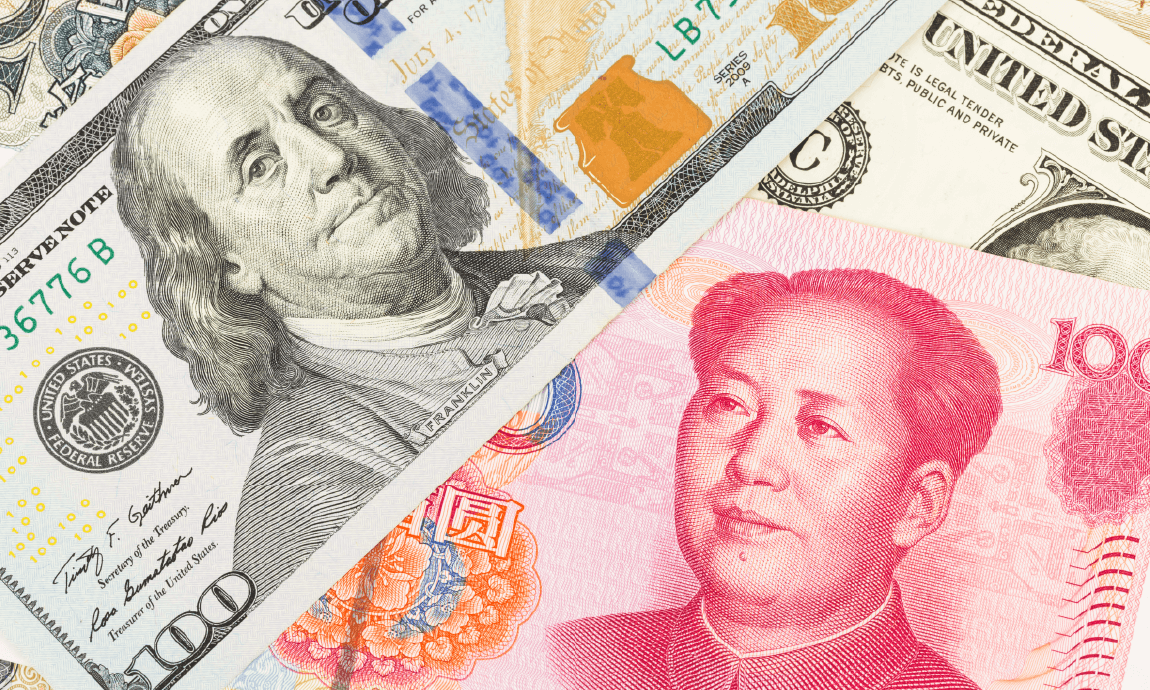Precious metals continued their upward trend towards multi-year highs on the first trading day of the week, as the weaker US dollar, the rising coronavirus infections cases, the massive monetary stimulus, the falling US bond yields, and the escalated US-China tensions, boosted the demand for safe-haven assets such as Gold and Silver.
Coronavirus Update:
Global cases: More than 16.2 million
Global deaths: At least 648,900
U.S. cases: More than 4.2 million
U.S. deaths: At least 146,900
Gold:
The price of gold climbed to $1.945/oz, reaching a new all-time high, surpassing the previous record price of $1.920/oz set in September 2011. Gold gained 5% last week and 25% since the start of the year

Silver:
Silver price gained 7% on Monday morning, climbing above $24.50, its highest level since August 2013. The white metal holds the same safe-haven status as Gold, but it also receives support from its industrial usage. Silver gained 20% last week and more than 100% since it bottomed at $11.60/oz just 4 months ago.

Reasons for the rally:
- The heightening geopolitical tensions continue to bolster safe-haven demand. The latest flare-up in the US-China tensions grew worries for the recovery of the two largest economies of the world. Tensions between two countries rose last week after China ordered the US to close its Chengdu-based consulate last Friday, retaliating after the US shut a Houston-based Chinese consulate a few days earlier.
- Precious metals have also received support as the coronavirus pandemic continues to devastate global societies and economies. According to the recent data, more than 16 million COVID-19 cases have been confirmed globally, forcing many countries to roll back or delay reopening plans, raising concerns of slower economic recovery.
- Gold and Silver prices have been rising over the last months amid the aggressive monetary and fiscal policies adopted by many central banks around the world to revive their economies. The zero interest rates and the falling bond yields have forced many investors to rotate their funds into the non-yielding precious metals. Gold has been recognized as the ideal hedge asset against inflation and currency debasement.
- The US dollar fell near two-year lows against major currencies amid the expectations for further monetary stimulus from the Federal Reserve, making gold and silver less expensive for buyers of foreign currencies.
Economic Calendar for July 27, 2020 (GMT+ 3:00):









